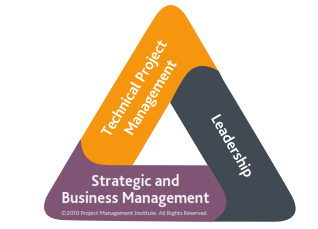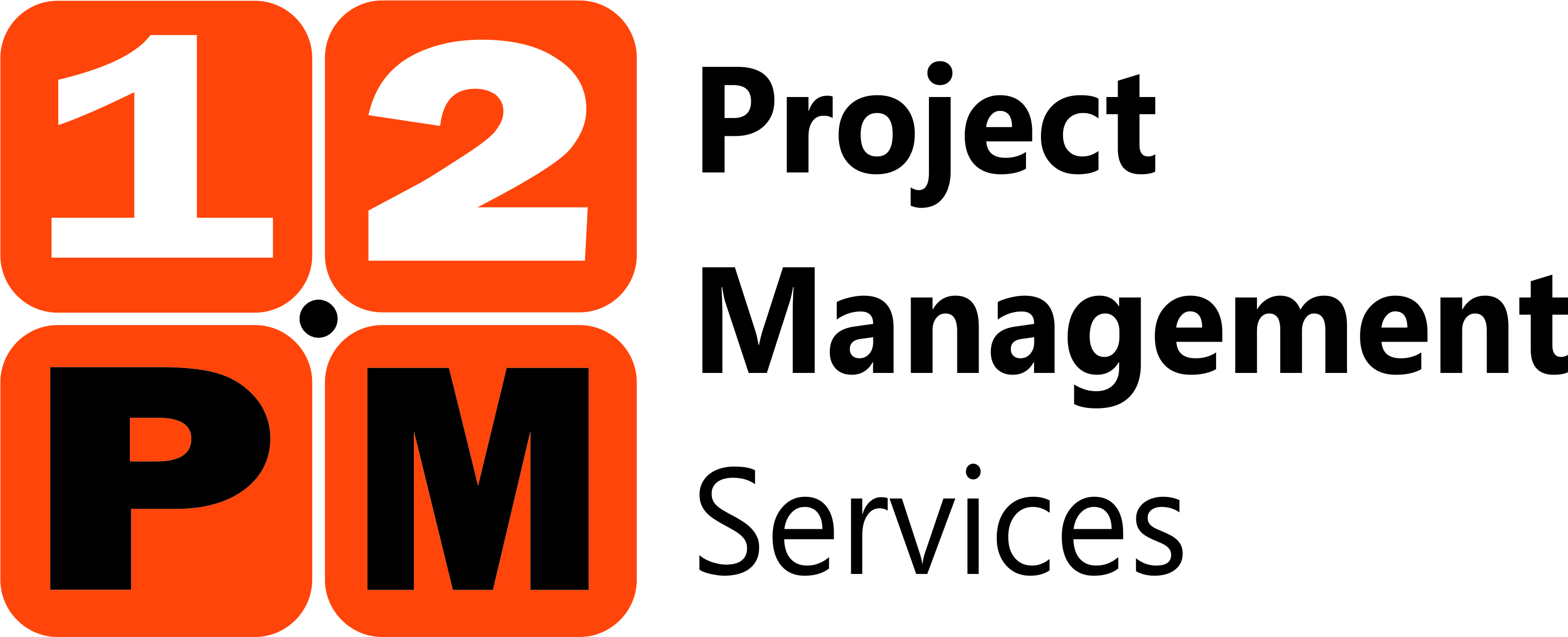A Summary of PMI’s Report
Talent Management – Powering Strategic Initiatives in the PMO
“Projects and programs are the core of any organization’s strategic initiatives—they are how change happens. Having the talent to implement those initiatives successfully is the critical capability that gives organisations a competitive advantage to navigate through necessary change” (PMI 2014).
This report was the outcome of a research that was carried out worldwide among a large number of Human Resource (HR) professionals and other roles within Project-Program initiatives (hereafter called business professionals) and identified characteristics, gaps and opportunities for enterprises to improve their talent management to boost their business success.
Although the majority of the participating organisations adopt the point made by the aforementioned extract, there were only few that invest on talent management and bring this attitude into action. Talent management is defined as “the processes by which strategic talent is sourced, developed, and retained by employers” (PMI 2014). Since programs and projects are the vehicles to accomplish strategic initiatives then investing in having the right people to steer them proves to be of major importance. Findings proved that in companies where talent management was aligned with organizational strategy the project success rate went up to 72% and respective financial waste were decreased by 33%.
Irrespective of the previous numbers that displayed the significance of talent management only almost half of the companies had a long term plan to acquire, develop and retain that know-how. Among the large number of various reasons that lead to such bad performance, the study identified the most important namely being:
- The shortage of skilled talent, that goes beyond the traditional technical “triangle of balance” and requires from program/project managers to furthermore display leadership and business oriented characteristics.
- Lack of support from the so-called C-suite (Chief executives) becomes a significant barrier.
- Seeing the HR merely as support function and not as a strategic partner does not ensure talent availability.
While organisations managed to diagnose their talent management deficiencies, the various approaches to remedy the situation were responsive to the management and execution stages of the strategy. Only one third of them incorporated and aligned talent management early on in their business strategy.
The study also revealed that skill development and learning, management of workforce, talent sourcing and recruiting, leadership development and employee progression were common key enablers that characterized organisations with high talent management maturity. However, none of the above could bring the anticipated benefits by itself but only in combination with all the others. Furthermore, analysis of the data identified six prevailing areas as key predictors of talent management maturity:
- Display of productiveness while moving resources from one assignment to the next.
- Identify candidates to replace departing employees.
- Create plans that assist succession especially when crossing organisational boundaries.
- Create links for career path advancement.
- Motivate business leaders to embrace and use analytics.
- Invest in HR and associated technology.
Viewing these key predictors from a different perspective can cause gaps in talent management maturity. To minimize these gaps, HR regarded closer communication and collaboration as more important while business leaders pursued improved HR practices. Although their approaches differ, at an organisational level three accepted stages were recognised.
Identify and acquire the right talent becomes increasingly difficult. Organisations seek for professionals that not only display technical capacity and knowledge but also adhere to PMI’s Talent Triangle. Almost two thirds of the surveyed participants stated that it is extremely difficult to get people with the right technical skillset and regard that leadership skills are teachable and more important to project management success. Additionally, when businesses stress and communicate the importance of working in projects and programs they attract the interest of highly skilled internal and external candidates.
Develop and retain the talent acquired, thus ensuring it will continue to serve the business needs and at the same time provide each individual with a possibility to advance her/his career.
Capture and transfer knowledge through collaboration, development of proper processes and investments in HR technology platforms.
The report stresses that successful implementation of these three stages requires organisations to cultivate a culture where their people will be able to adapt to the dynamic business environment. Such a culture requires mutual support by business leaders and HR professionals. But most of all it demands the Chief executives to recognise the need to incorporate project and program talent manage into their strategy but most importantly to realise that acknowledgement.
“While some organizations have already recognized and acted on the talent management trend, we believeother organizations—both large and small—will see the bottom-line benefits of formalizing their talent management practices: An engaged and experienced staff leads to project success” (PMI 2014).
Bibliography
PMI 2014, ‘Talent Management – Powering Strategic Initiatives in the PMO’, PMI.




